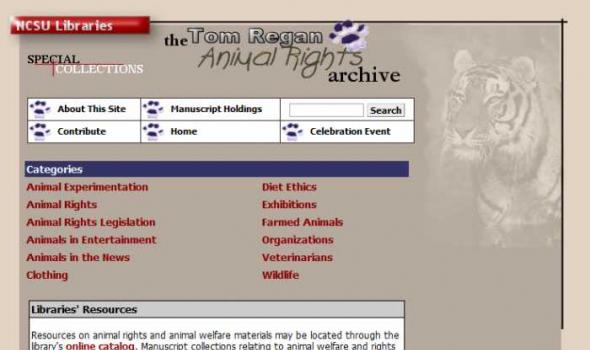Category: Zoology, English, United States
Results
Eadweard Muybridge (1830–1904) wished to catalogue every aspect of human and animal locomotion with his camera. He photographed hundreds of subjects engaged in actions both mundane and arcane: nude figures walking and lifting children, athletes boxing and fencing, and animals hurdling, kicking, or slowly ambling along. He was the first photographer to visually dissect these activities, creating images that delighted and mystified the public in the late 19th century.
About Us Read more Founded in 1915, the Cornell Lab is a nonprofit organization supported by 45,000 friends and members . Our vibrant community includes 200,000 citizen-science participants from all walks of life and 5 million bird enthusiasts of all ages who connect with us online at All About Birds. As a proud unit of Cornell University we have ten faculty on staff and access to world-class resources. As a nonprofit environmental organization, however, we depend on members, donors, research, and our other programs for 99 percent of our operating budget. Your support will result in direct impacts and improvements for conservation science. We invite you to join us as a member of the Lab .
For most of the material from which the following new
species of Cicadidae are described, I have to thank Mr. F. P.
Dodd (queensland) and Mr. H. Elgner, of the same State.
Amongst them it will be noticed is a new species of Cyclochila
from Queensland, and also a species of Prasia, a genus so far
unrecorded in Australia, though common in New Guinea. I
have had some difficulty in deciding upon the generic deter-
mination of Psaltoda pulchra, as it has strong affinities with
Thopha in the structure of the head and the proportions of the
tegmina and wings. The abdomen, however, is unadorned with
the sacs which hide the tympana in the division Thopharia,
so I have placed the species tentatively in the genus Psaltoda.
This animal rights research site was designed by the NCSU Computer Science Senior Design Center students Shane Smith, Brenda Loehfelm, Sherry Pitz, Alan Seales, and Matt Senter, in consultation with the NSCU Libraries’ Special Collections, Digital Library Initiatives, and Systems Departments.
Introduction DrMetcalf provides online access to information on cicadas , leafhoppers , planthoppers , spittlebugs , and treehoppers , including a searchable bibliographic database for retrieving literature on these groups, which together comprise the group Auchenorrhyncha . The database includes nearly 12,000 early publications (1741-1955). Few electronic databases cover the early literature for any insect group. Because the focal groups are common and widespread, users may find the database helpful for retrieving many older works on insects in general. DrMetcalf also includes an overview of the group Auchenorrhyncha and each of its major subgroups.
About This Collection In 1925, a Cornell professor of apiculture named Everett Franklin Phillips set out to create a major repository of literature on bees and beekeeping. He envisioned this library as an "accessible storehouse of our knowledge of bees and beekeeping." By 1926, Phillips had persuaded over 223 people from twenty-nine states and twenty-six foreign countries to donate thousands of books and pamphlets, and the E.F. Phillips Beekeeping Collection at Cornell was born. Perhaps Phillips' biggest coup was his ingenious plan for raising the money necessary for creating the library's endowment: he convinced hundreds of New York state beekeepers to set aside one of their hives for the library.
History of Medicine Canine Heroes and Medals During the Second World War, medical researchers and antivivisectionists drafted animals, primarily dogs, as partisans in the struggle over animal experimentation. With the rise of Cold War, pervasive anticommunism and fears of atomic annihilation moved animals and animal experimentation to center stage, mediating fierce conflicts over medical research and international politics. 22 May 2009
History of Medicine Introduction The horse has been one of the most important animals throughout human history, and healing horses has had an important place in veterinary and medical literature. Theories about equine physiology and health often mirrored theories about humans, and the literature of both was inherently linked. Bloodletting, astrology, and ancient texts were used by both physicians and veterinarians to heal their patients, and many discoveries, including the circulation of the blood, developed in tandem. The Hippiatrica: Ancient Texts Medieval and Renaissance veterinary medicine looked to ancient veterinary texts for its inspiration, just as physicians for human healing did.
The fourth in a series of online collections from Harvard University, Expeditions and Discoveries delivers maps, photographs, and published materials, as well as field notes, letters, and a unique range of manuscript materials on selected expeditions between 1626 and 1953. The collection is made possible with the generous support of the Arcadia Fund . In the 19th and 20th centuries, Harvard University played a significant role—as underwriter, participant, collector, and repository—for pace-setting expeditions around the world. For Internet users, Expeditions and Discoveries provides selective access to Harvard’s multidisciplinary records of those expeditions.





























